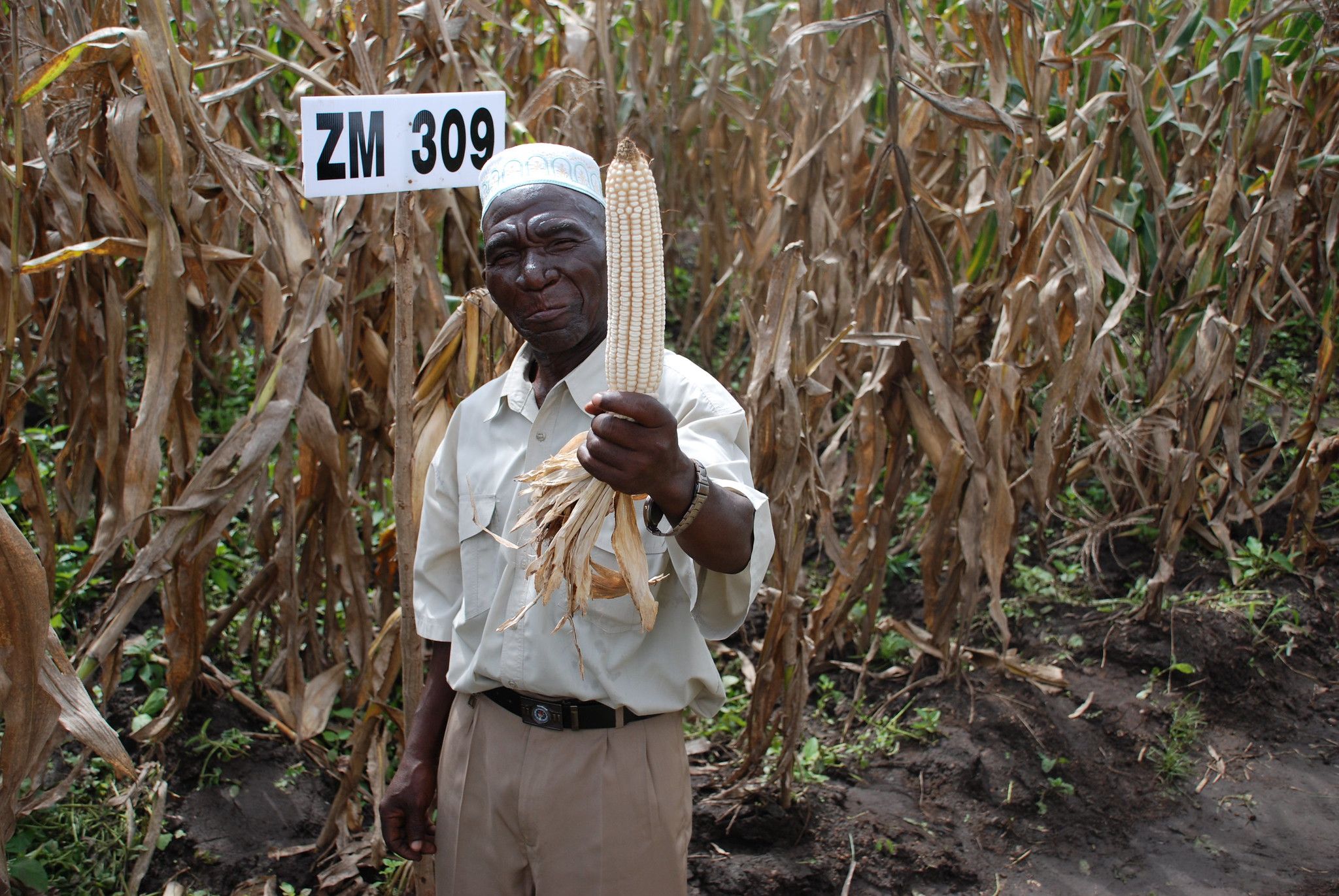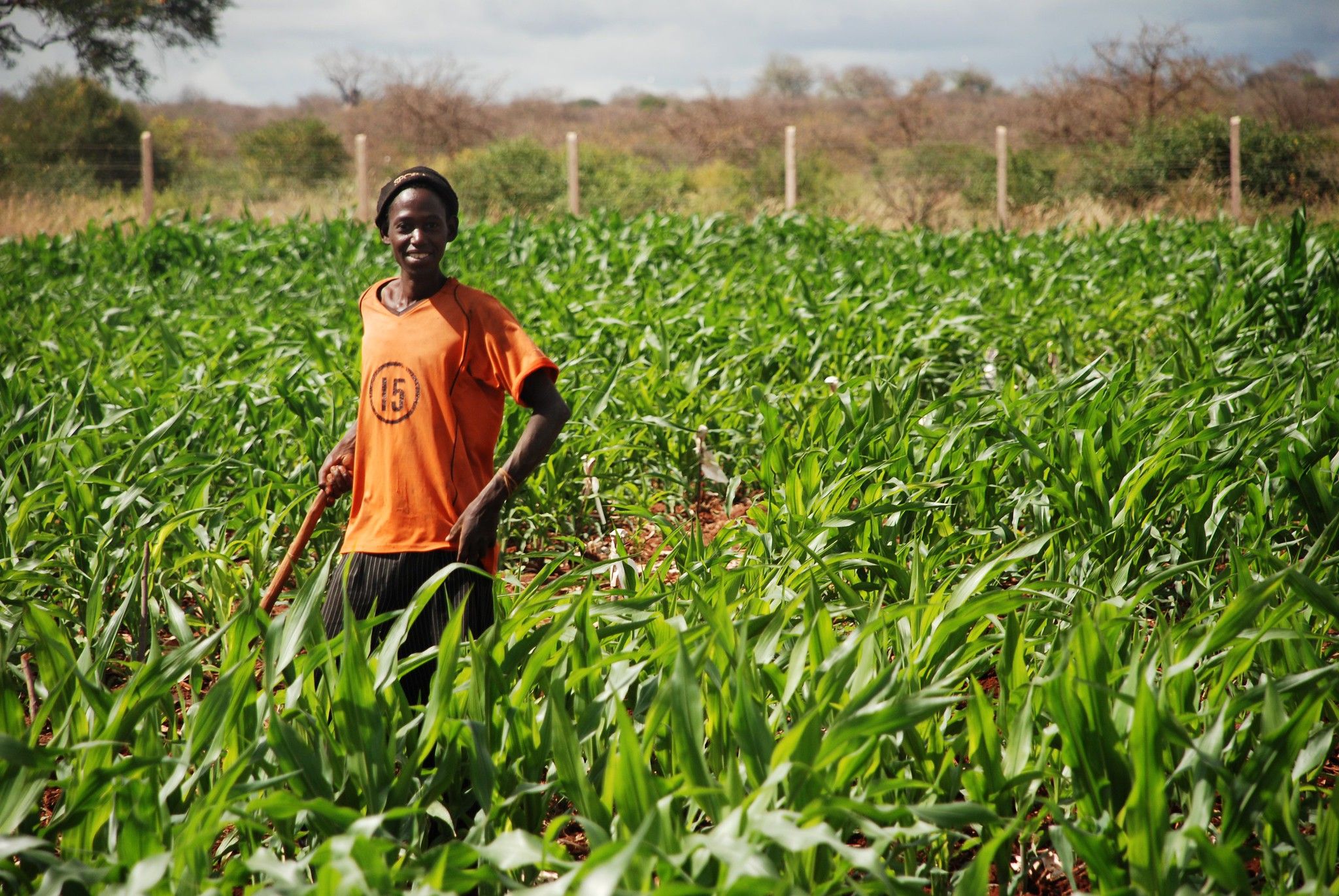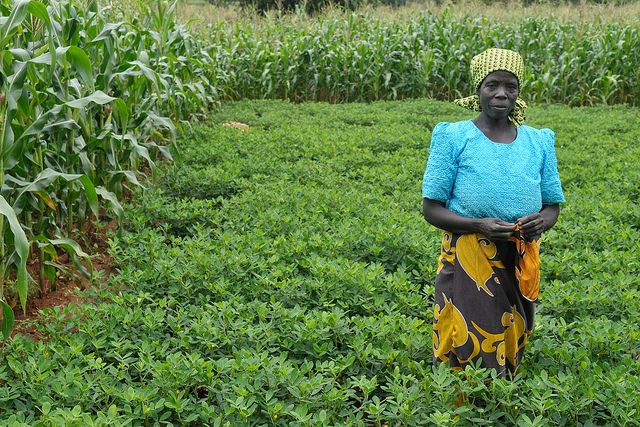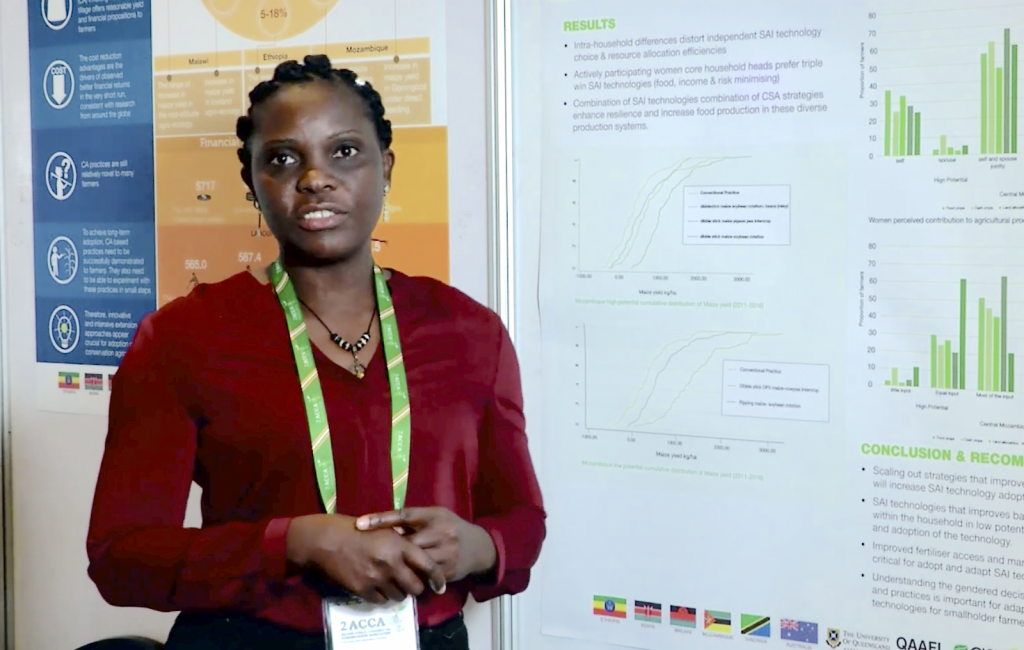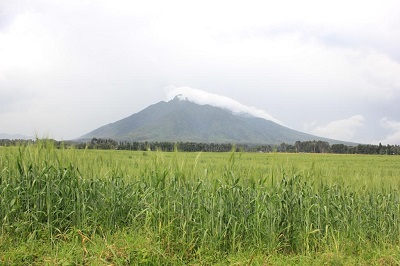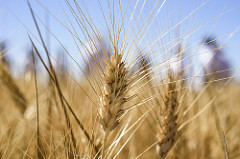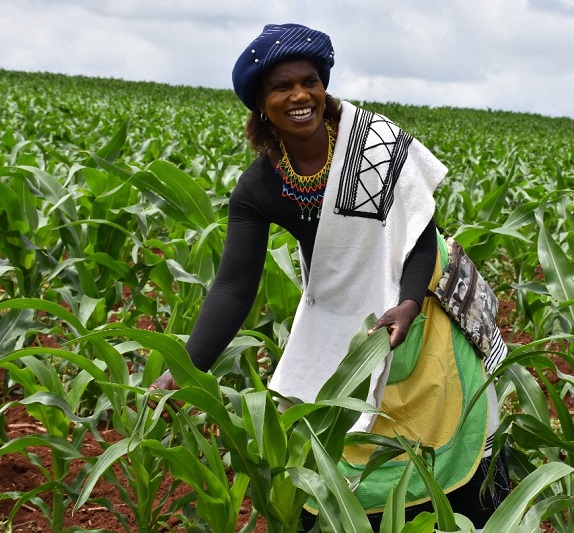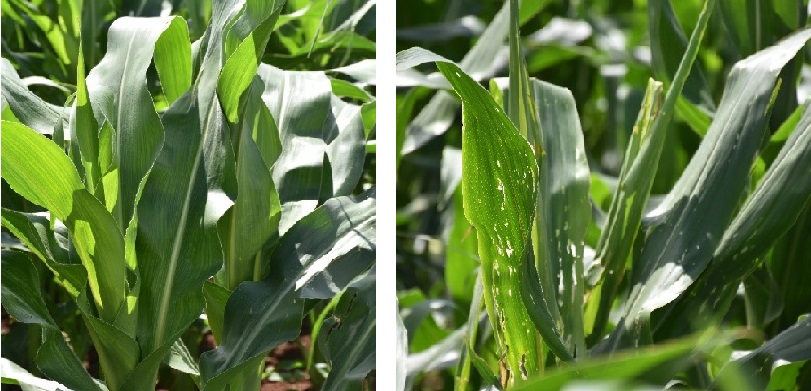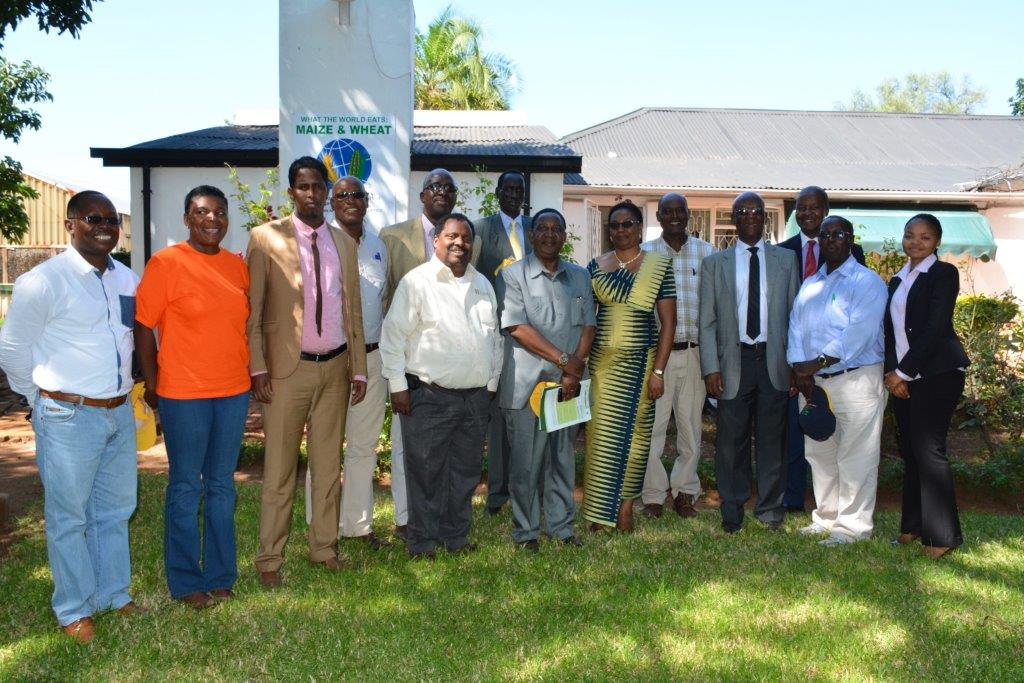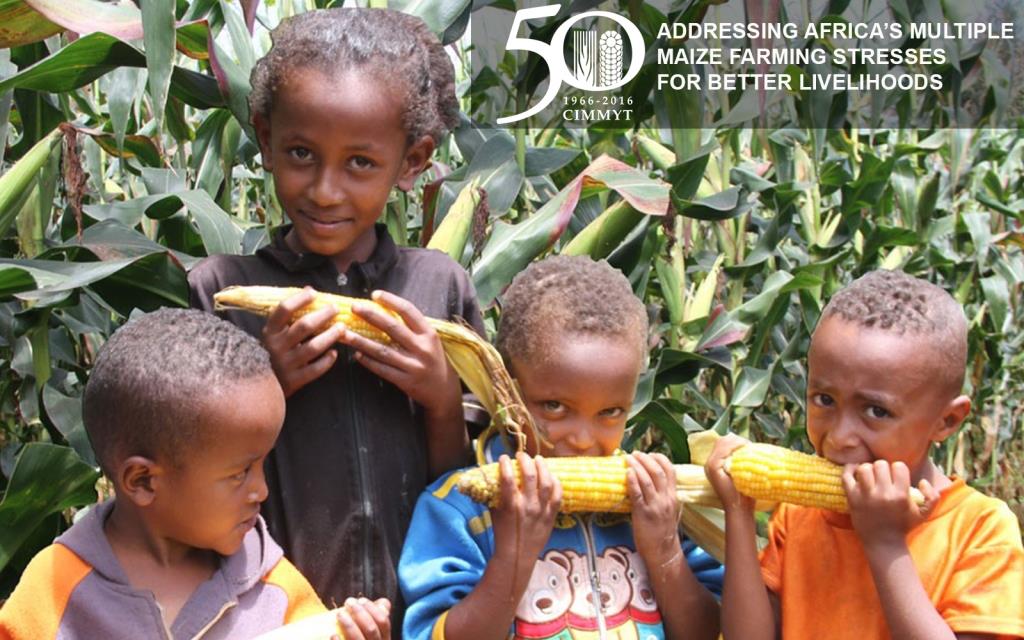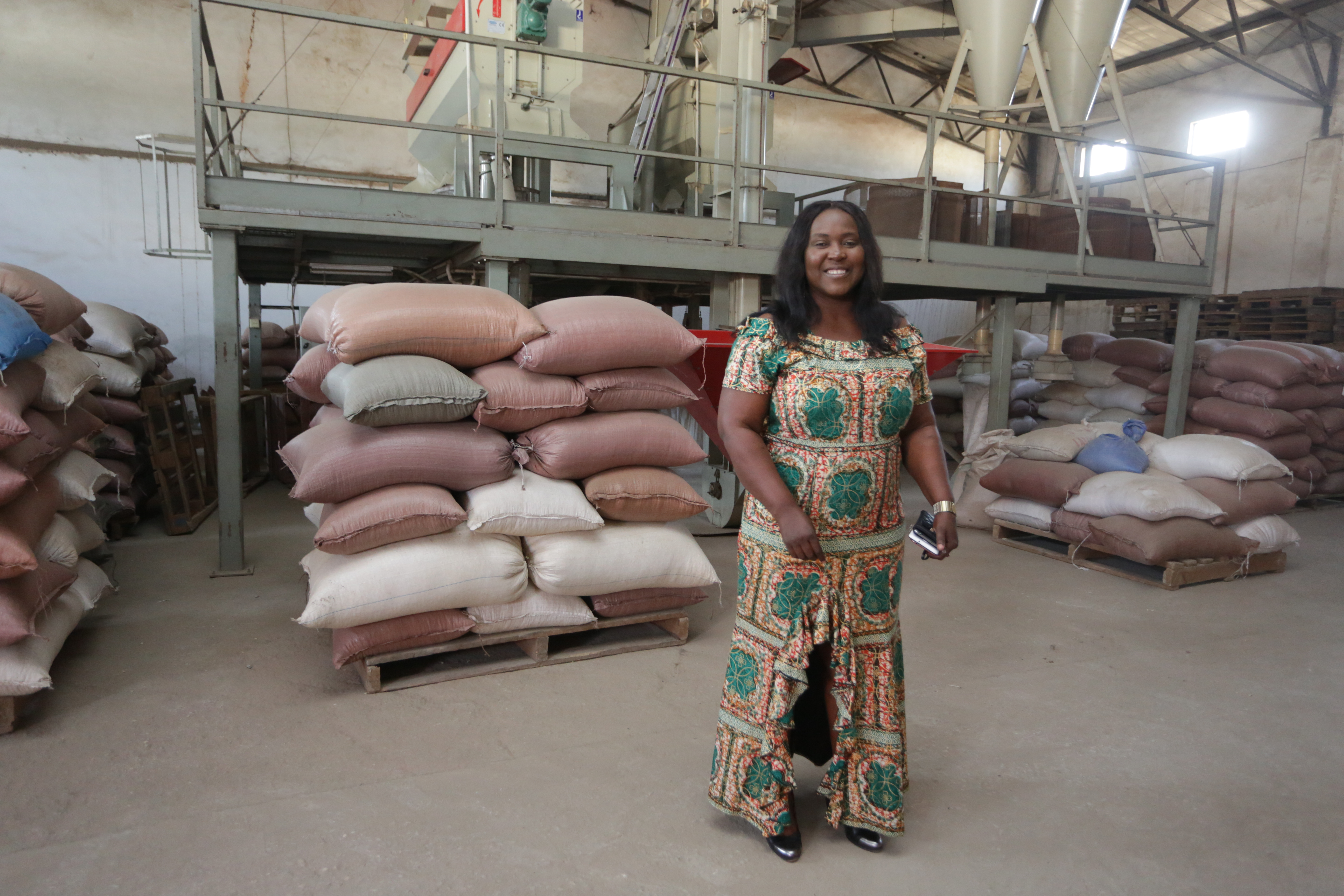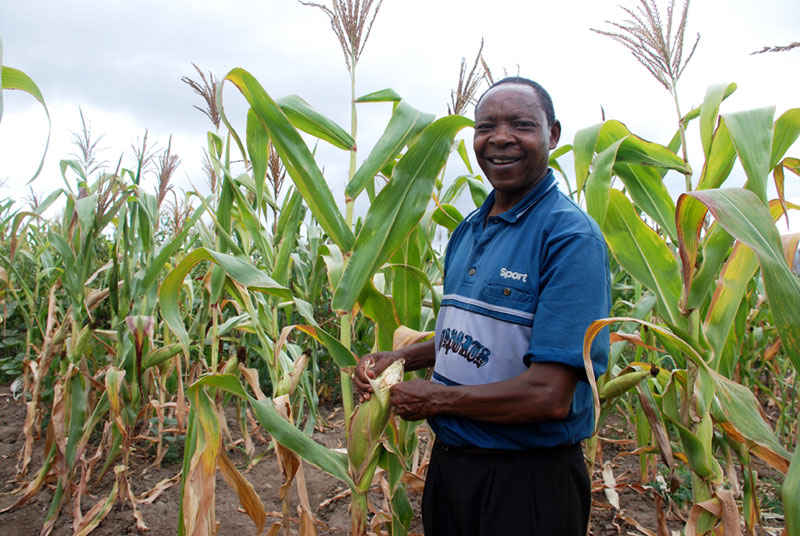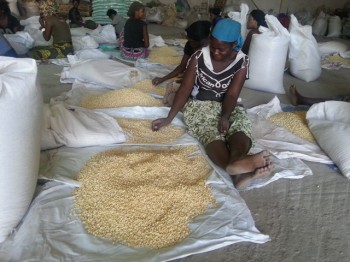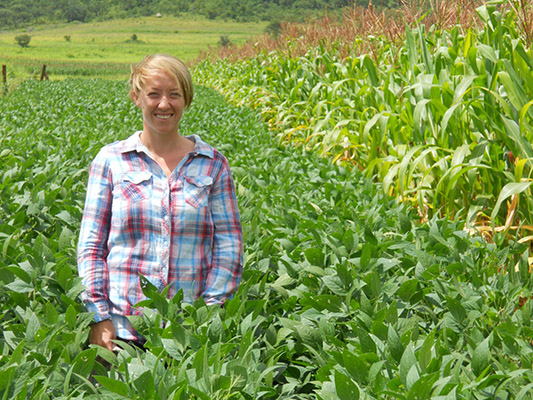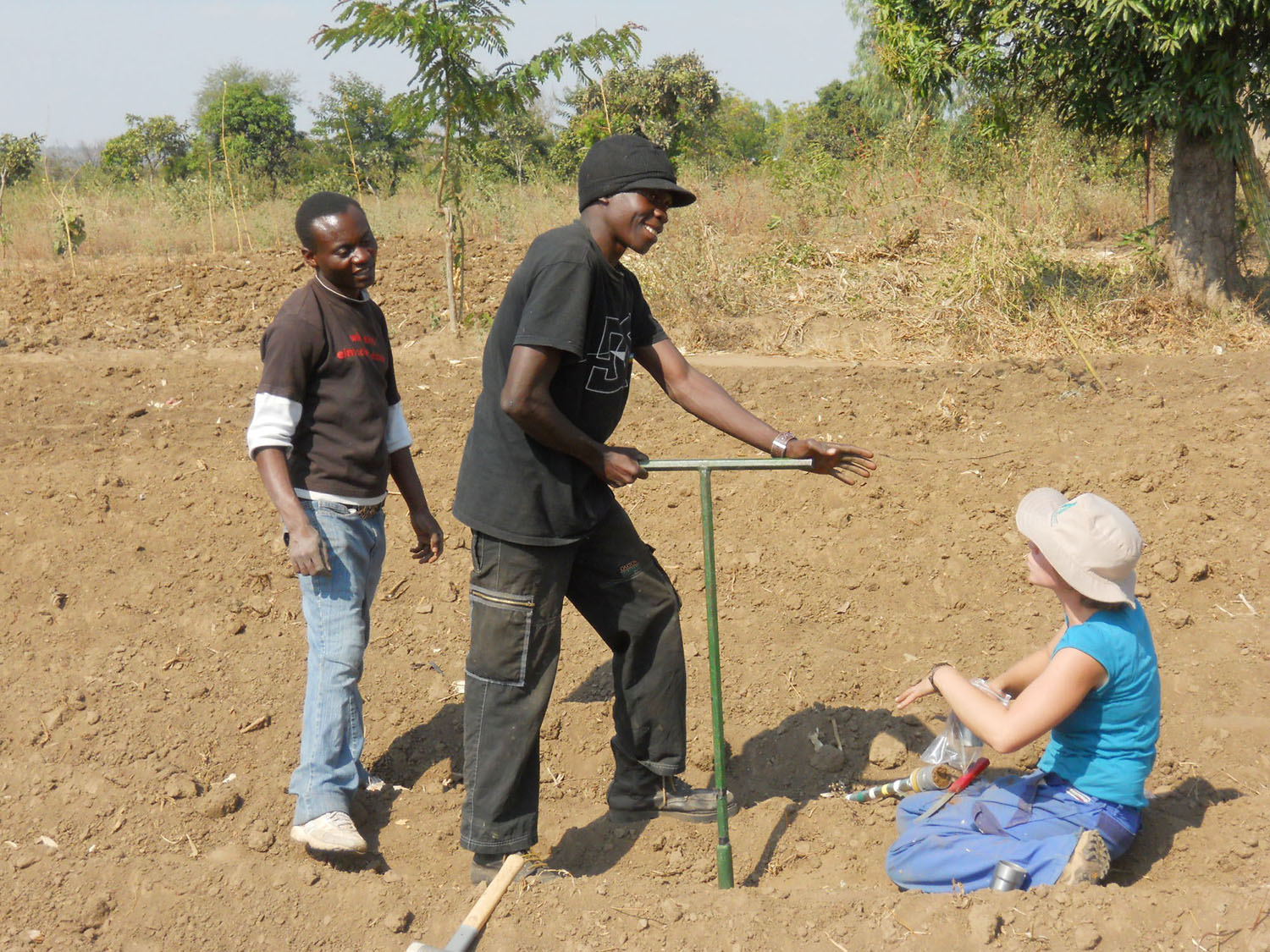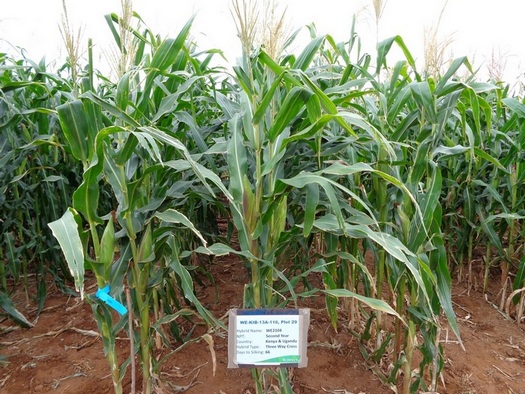Water Efficient Maize for Africa (WEMA)
The Water Efficient Maize for Africa partnership was launched in March 2008 to help farmers manage the risk of drought by developing and deploying maize varieties that yield 24 to 35 percent more grain under moderate drought conditions than currently available varieties. The higher and more reliable harvests will help farmers to feed their families and increase their incomes.
The varieties are being developed using conventional breeding, marker-assisted breeding, and biotechnology, and will be marketed royalty-free to smallholder farmers in Sub-Saharan Africa through African seed companies. The current, second phase of the project (2013–2017) includes breeding for resistance to stem borers—insect pests that seriously damage maize crops in the field—as well as product and production management, promotion with seed companies and farmers, and product stewardship activities.
The project focuses on Kenya, Mozambique, South Africa, Tanzania, Uganda, Zambia and Zimbabwe. The second phase of the project began on February 1, 2013.
OBJECTIVES
- Product development. Develop and test drought tolerant and and insect-pest resistant maize varieties through conventional, molecular, and genetic engineering breeding approaches.
- Regulatory affairs and compliance. Support multi-location testing and commercial release of drought tolerant and insect-pest resistant maize hybrids in the Water Efficient Maize for Africa partner countries.
- Product deployment: Product and production management. Facilitate the marketing and stewardship of drought tolerant and insect-pest resistant hybrid maize seeds, and stimulate private sector investments for sustainable seed production, distribution and us
- Communications and outreach. Support testing, dissemination, commercialization, adoption, and stewardship of conventional and transgenic drought tolerant and insect-pest resistant hybrids in the five target countries.
- Legal and licensing support. Develop and implement appropriate licensing and intellectual property protection mechanisms for Water Efficient Maize for Africa products.
FUNDING INSTITUTIONS
- Bill & Melinda Gates Foundation
- Howard G. Buffett Foundation
- U.S. Agency for International Development
